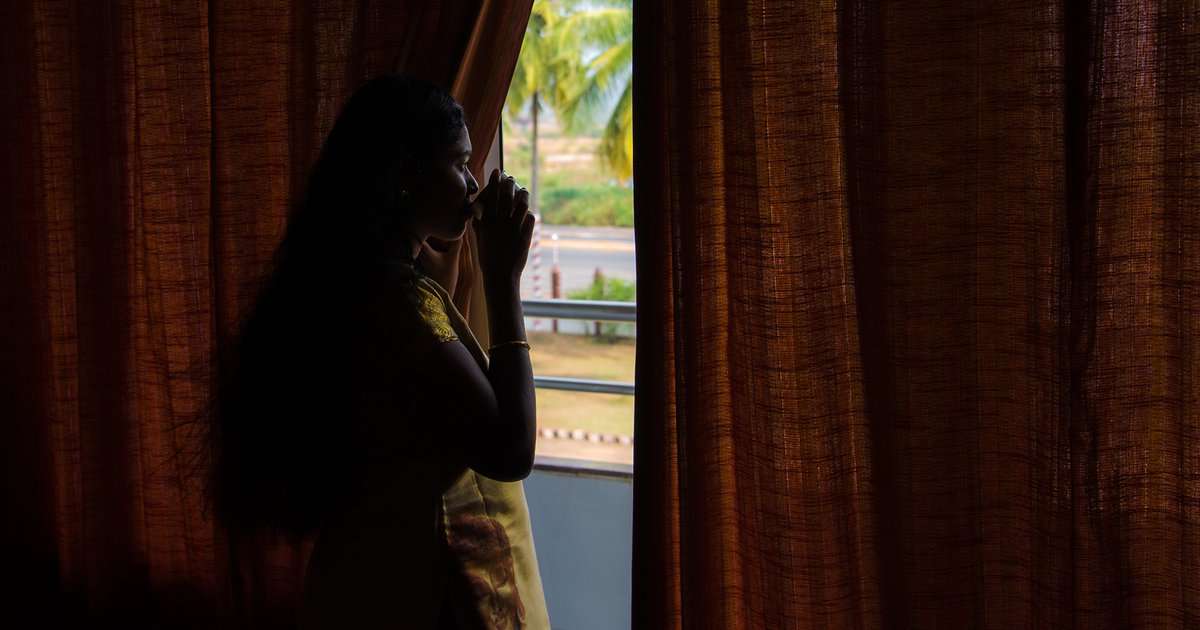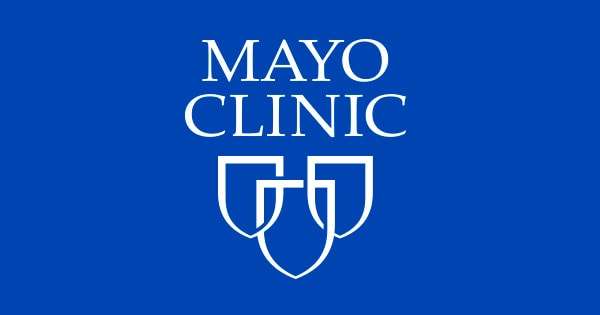“I hope that reading my story might help others feel less alone. It is important to know that other people are fighting the same battles. This is for anyone who feels stuck, overwhelmed or hopeless. You are not alone.”
These are the words a 24-year-old posted anonymously on www.itsoktotalk.in, a mental health and wellness website for young people in India that aims to break the stigma around mental health and build community to help young people cope. This post is emblematic of growing mental illness among the country’s youth.
According to a national survey conducted in 2015-2016 by the National Institute of Mental Health and Neurosciences in Bangalore, more than 13 percent of adolescents aged 13 to 17 years old residing in urban metropolitan areas experienced mental health problems such as depression, anxiety, and substance abuse.
Indian youth report that these challenges are further influenced by stress, peer pressure, parental expectations, social norms, and academic pressure.
A great majority of these young people with mental illness do not receive adequate, appropriate, or timely care—the overall treatment gap for mental illness is as high as 83 percent (combined for all age-groups). This is particularly troubling when considering that up to 75 percent of all adult mental health problems have their origins in adolescence and young adulthood.
Private Sector Solutions in India for Mental Health in the Workplace
November 23, 2022
By Abby Christopher
One in seven Indians are living with mental health disorders, and India’s treatment gap of any mental disorder is 83 percent. The government and social sector alone do not have the resources to adequately address the problem. The private sector can play a key role in addressing the mental health crisis in India by providing mental health resources to employees.
Apart from the immense social costs associated with untreated mental health symptoms, there is a substantial economic impact to consider. The World Health Organization (WHO) estimates the economic loss in India due to mental health conditions to be $1.03 trillion between 2012 and 2030. At the firm level, a Deloitte report studying the state of mental wellbeing in corporate India estimates that poor mental health among employees costs employers about $14 billion a year due to absenteeism, presenteeism, and attrition. Covering the treatment gap is evidenced to yield an overwhelmingly positive return on investment not only for society, but also for the employers themselves. A WHO-led study analyzing the cost and benefit of scaling up treatment for depression and anxiety disorders finds that every $1 invested in expanded mental health care results in $4 in economic and health returns.
To help employees stay healthy at work, employers should implement a comprehensive and proactive mental health strategy. Such a strategy could encompass the following:
- Address Mental Health Stigma in the Workplace: A Deloitte study finds that 80 percent of the Indian workforce reported mental health issues in the past year, but mental health stigma prevented 39 percent of the affected respondents from seeking assistance. Startup organizations within India have expanded their presence to break this stigma. Employers can partner with these organizations, which provide education and training on mental health symptoms. There are many corporate wellness programs that deliver custom mental health workshops and train employees to be peer champions. These stigma reduction initiatives will allow more employees to utilize existing mental health resources and make employees more cognizant of mental health stressors.
- Utilize evidence-driven conversational AI chatbots: A study conducted by Oracle and Workplace Intelligence in 11 different countries finds that 68 percent of employees would prefer to talk to a robot about workplace anxiety rather than their manager. The number is much higher in India at 92 percent. While meditation programs help with mindfulness and Employee Assistance Programs (EAP) services address mental health diagnoses, these solutions alone do not provide intermediary mental health support. Evidence-driven AI solutions utilize techniques like cognitive behavioral therapy (CBT) to support the larger range of employees’ mental health needs. These programs can provide a virtual stand-in for employees in mental health distress and operate as a supplementary resource that allows employees to discuss workplace stressors without fear of repercussion, stigma, or judgement.
While gaps in resources and mental health stigma within India may inhibit rapid improvement in the country’s mental health care system, there are clear opportunities for India’s private sector. The above recommendations are two of the many employee-focused interventions the private sector can leverage to improve the mental health crisis in India. For companies, an investment in employees’ mental health is an investment in their growth and sustainability.
Abby Christopher is a former research intern for the Wadhwani Chair in U.S. India Policy Studies at the Center for Strategic and International Studies (CSIS) in Washington, D.C.
Dr. Manik Inder Singh Sethi discusses some of the challenges facing mental health services in India, as well as some potential solutions.
I am a resident in the Department of Psychiatry that caters to one of the largest private universities in South India. India today boasts a population of 1.36 billion people, the second-highest in the world. There is less than one psychiatrist for every 100,000 individuals, which poses challenges for both mental health professionals and those seeking help.1 India’s rich cultural diversity, hundreds of different languages, and varied religious beliefs that make it unique, sometimes becomes a hurdle. This happened in my case when I migrated from the northern part of the country. Learning a new language and the nuances of the culture that I was suddenly immersed in made the whole experience challenging for me.
From the beginning of my residency, I noticed there was a gross mismatch between the number of untoward mental health incidents and the utilization of services. My hospital is well equipped with a multidisciplinary team of psychiatrists, clinical psychologists, and psychiatric social workers (a luxury very few centers in India have). The ER was flocked with young adults escorted by the campus security either intoxicated, suicidal, psychotic, or in withdrawal from a substance. Despite this, there were hardly any students who were utilizing mental health services voluntarily. The problem with the current utilization of these services is that people wait till they hit rock bottom and can’t function without support, akin to not getting your motor vehicle serviced until it comes to a complete halt.
This prompted me to hold a focus group discussion with the stakeholders of the student community. It was pointed out that the prevailing notion is that walking on the corridor of the psychiatry department can make one the butt of ridicule and ostracization. An interesting observation was that all conditions were diagnosed by the psychiatrist under a single label i.e., “mental illness”. It was echoed that placing all mental health conditions under this one label, had far-reaching consequences and invited stigma, skepticism, and repulsion. Indian families are close-knit. Young adults depend on their parents for their emotional and monetary needs. This induces further inhibitions to seek help for their mental health problems: to avoid disappointing their parents, who in general don’t have a positive attitude about psychiatry and mental health services. Similar to apartheid, caste and faith-based discrimination are rampant in the Indian subcontinent, thus leaving these individuals vulnerable to increased mental health issues and in search of appropriate help. The students also suggested that they would be most comfortable with talking to someone close to their age, as they would be able to better open up about their problems. Another thing brought up was that young adults use smartphone applications for everything, right from buying groceries to finding themselves a date; an app for their mental health needs would be readily taken up by the students.
From this discussion, I realized that we Indians have the luxury of choosing from a wide variety of government-sanctioned treatment options including, but not limited to; Ayurveda, Siddha, Unani, Homeopathy, and other faith-based magico-religious practices depending on the prevailing explanatory model of illness in the community. The overemphasis on shelving distress into one of the Euro-American categories fails to account for the socio-cultural causes of their suffering, engendering the attitude of “pill for every ill”. This can result in seeking help from a medical doctor as a last resort. Secondly, there are a lot of myths and stigma surrounding mental illness, which may be partly because the concept of mind & mental health is not completely understood.
Equipped with all this new information, it was decided that change was incumbent. The working of the department was revamped according to “Professor Thirunavukarasu’s Utilitarian concept of Manas and Mental Health2”. Holistic evaluation of our clients is carried out and they are relabeled as ‘mentally not healthy, mentally unhealthy, mentally ill, or mentally healthy’ depending on their presentation. This discussion also laid the foundation for the development of ‘Here for You®’ a mental health application that was developed with a dual purpose of screening Mental Health problems and connecting users anonymously with pro bono mental health services. An online peer support service ‘The Listening SpaceTM’, was also created with the existing clients, who by the virtue of their lived experiences and consultations with mental health professionals, volunteered to get trained, lend support and empathy by the creation of a safe space for students suffering from a wide range of mental health issues. I believe difficult problems need innovative measures. These initiatives have helped decrease stigma and empower our tech-savvy young adults to seek help without fearing judgment or labels. We as a developing nation have a long journey ahead of us before this use of technology can be scalable, and help prepare us for the next pandemic of mental health problems.
References
- Gururaj G, Verghese M, Benegal V, Rao GN NMHS Collaborators Group. National Mental Health Survey of India, 2015-16: Summary.Bangalore: NIMHANS; 2016
- Thirunavukarasu M. A utilitarian concept of manas and mental health. Indian J Psychiatry. 2011 Apr;53(2):99-110. doi: 10.4103/0019-5545.82532. PMID: 21772641; PMCID: PMC3136034.
Dr. Manik Inder Singh Sethi is psychiatry r
esident at SRM Medical College Hospital And Research Centre
, Chennai, India.
(Visited 2,887 times, 3 visits today)



